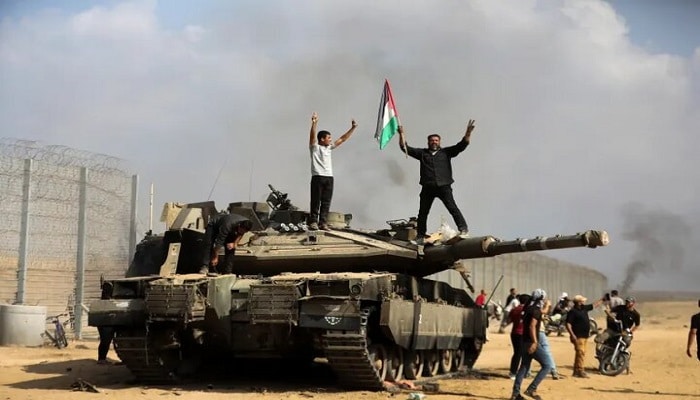PNN – Although the Zionist regime’s attacks after the Al-Aqsa Storm led to the martyrdom of tens of thousands of civilians and a number of resistance commanders, they had a strategic achievement, and that was to break the monopoly of media narrative.
In an interesting study titled “Ways to Combat Bias and Increase Trust in Social Media Data Analysis for Crisis Management,” published in 2024 by the University of Hull, England, three dangerous biases were identified that can distort and hide the reality of a disaster from the eyes of the world. This research shows that even the most valuable data presents a distorted and unfair picture if filtered through these three biases:
- Geographical bias: This bias causes tragedies that are not in the spotlight of Western media – for example, in the Middle East, Asia, or Africa – to be essentially invisible, as if these crises never happened.
- Linguistic bias: This bias ignores voices and cries in non-Western languages. If a disaster is not described in English, it is as if it does not exist in cyberspace and international media.
- Dramatic bias: This bias ultimately leads to an incomplete representation of reality. The two biases above create a biased narrative that only shows part of the truth and leaves the main part in the shadow of oblivion.
Gaza: A Triple Victim of Media Bias
For decades, the Gaza tragedy has been a prime example of victimization by these three biases. Its geographical location in the Middle East and the Arabic-speaking nature of its people have meant that the narrative of their suffering and occupation has been either ignored or, at best, distorted and marginalized. As a result, the Palestinian issue as a whole suffered from a “dramatic bias” and the daily suffering of its people became a normal thing in the eyes of the international community. This favorable media environment allowed the Zionist regime to quietly advance its occupation project with the unquestioning support of the West, to the point where even some Arab countries moved towards normalizing relations with the regime.
Read more:
Al-Aqsa Storm: The Response That Changed the World’s Media Map
But Operation Al-Aqsa Storm on October 7 shook the foundations of these media equations like a geopolitical earthquake. The event broke through the walls of geographical and linguistic bias and forced the world to see what had been hidden from its eyes for decades. Now the crimes of the Zionist regime can no longer be hidden behind these information barriers.
The raging wave of protests on universities around the world, from the United States to Europe, showed that a new generation has rejected the media’s stereotyped narrative and challenged the show’s bias.
The UN stage was filled with empty seats during Netanyahu’s speech, a telling symbol of the regime’s declining legitimacy even in seemingly neutral international institutions.
Countries supporting the Palestinian cause, such as Yemen, which was once itself embroiled in a civil war, have now become influential players in this equation through unprecedented actions such as seizing ships and targeting Israeli positions.
Although the blind and relentless attacks of the Zionist regime after October 7 led to the martyrdom of tens of thousands of civilians, including thousands of women and children, and the martyrdom of a number of other resistance commanders, it had one undeniable strategic achievement: Breaking the monopoly of media narrative and putting historical injustice in the global spotlight. October 7 proved that even the most powerful propaganda machines cannot hide the truth behind walls of bias forever.

